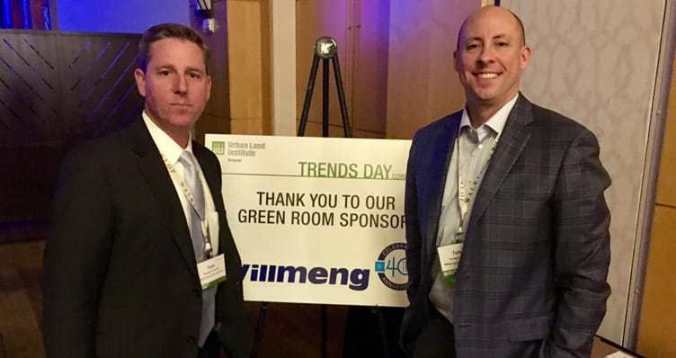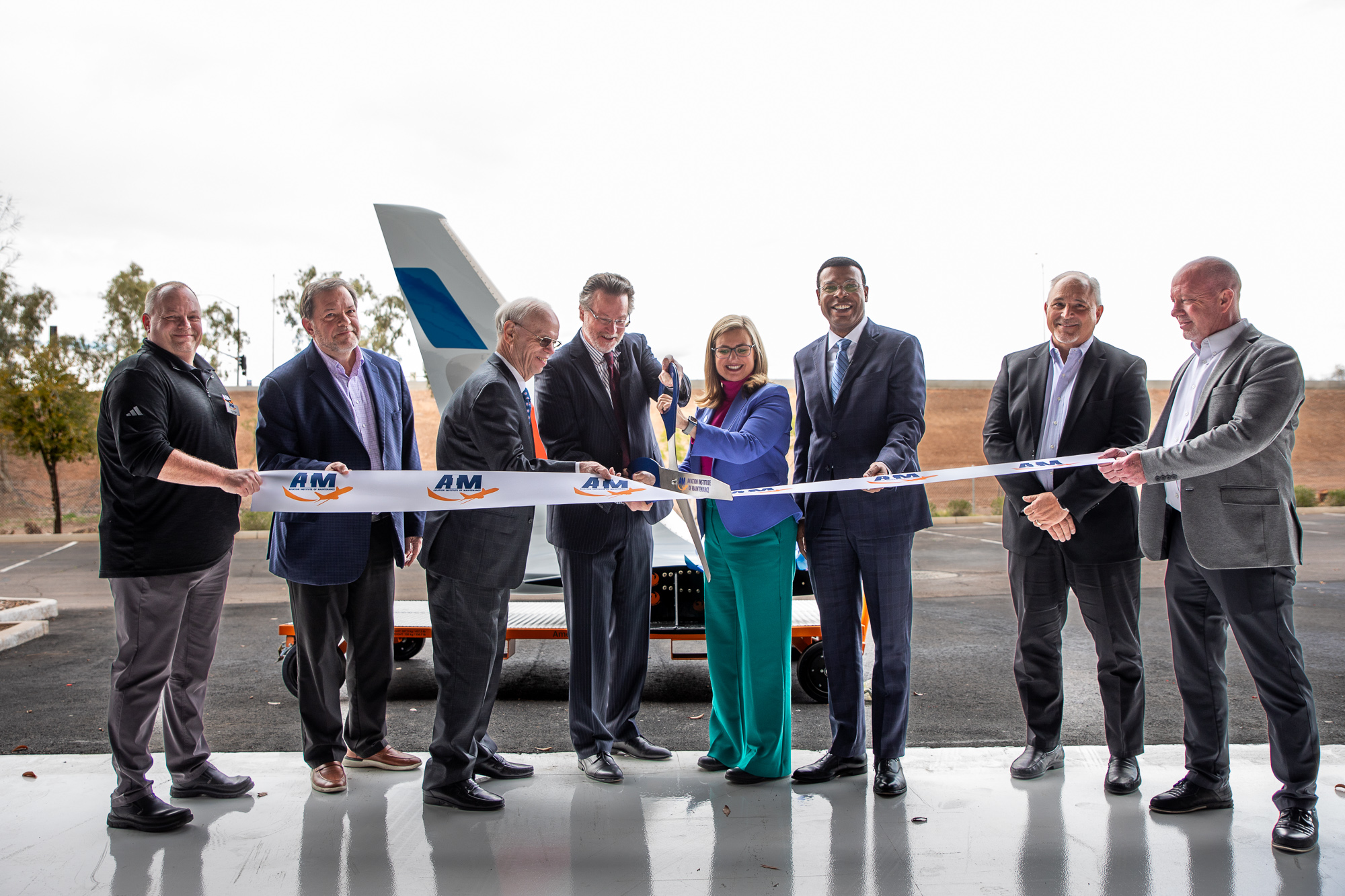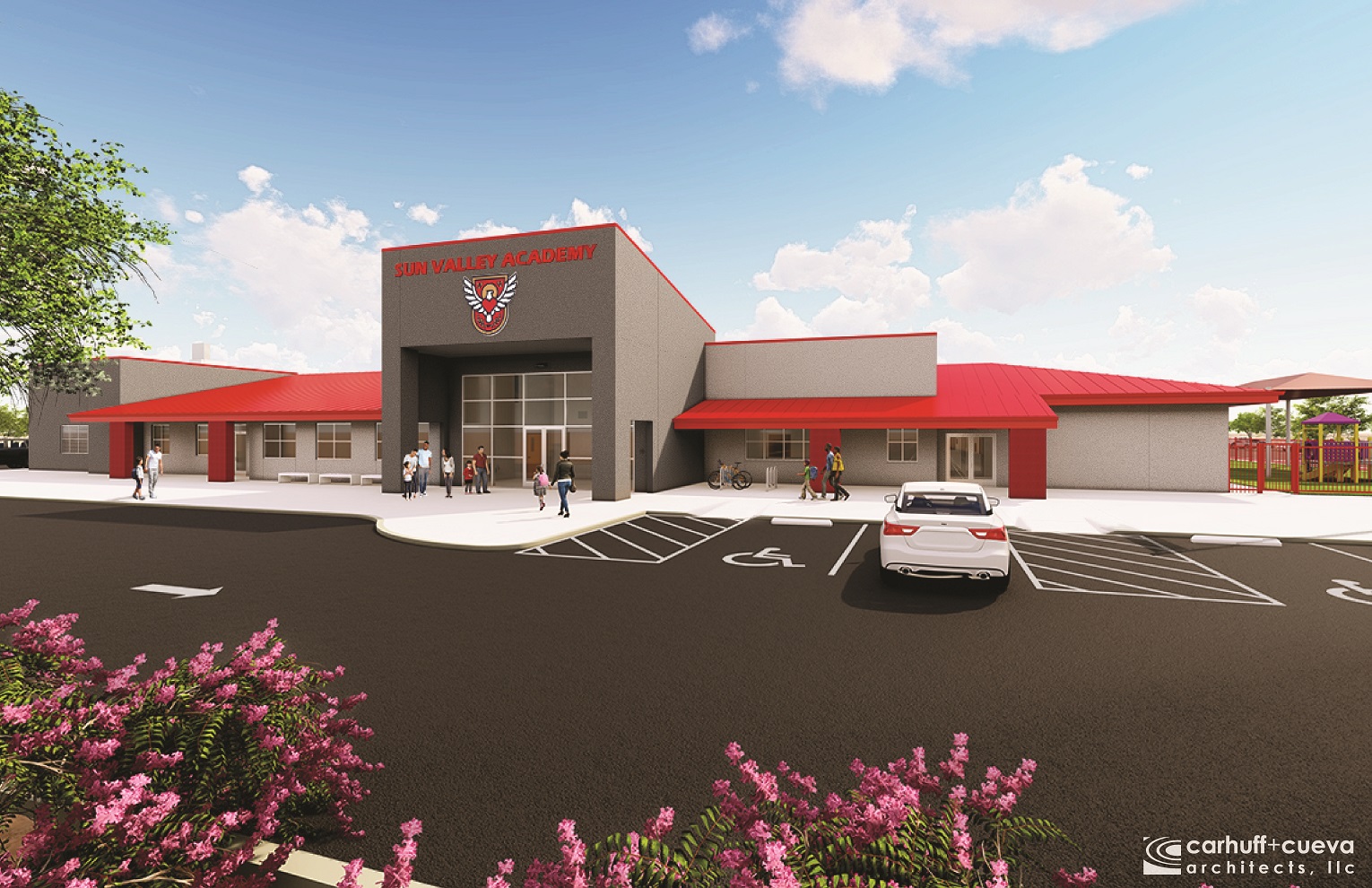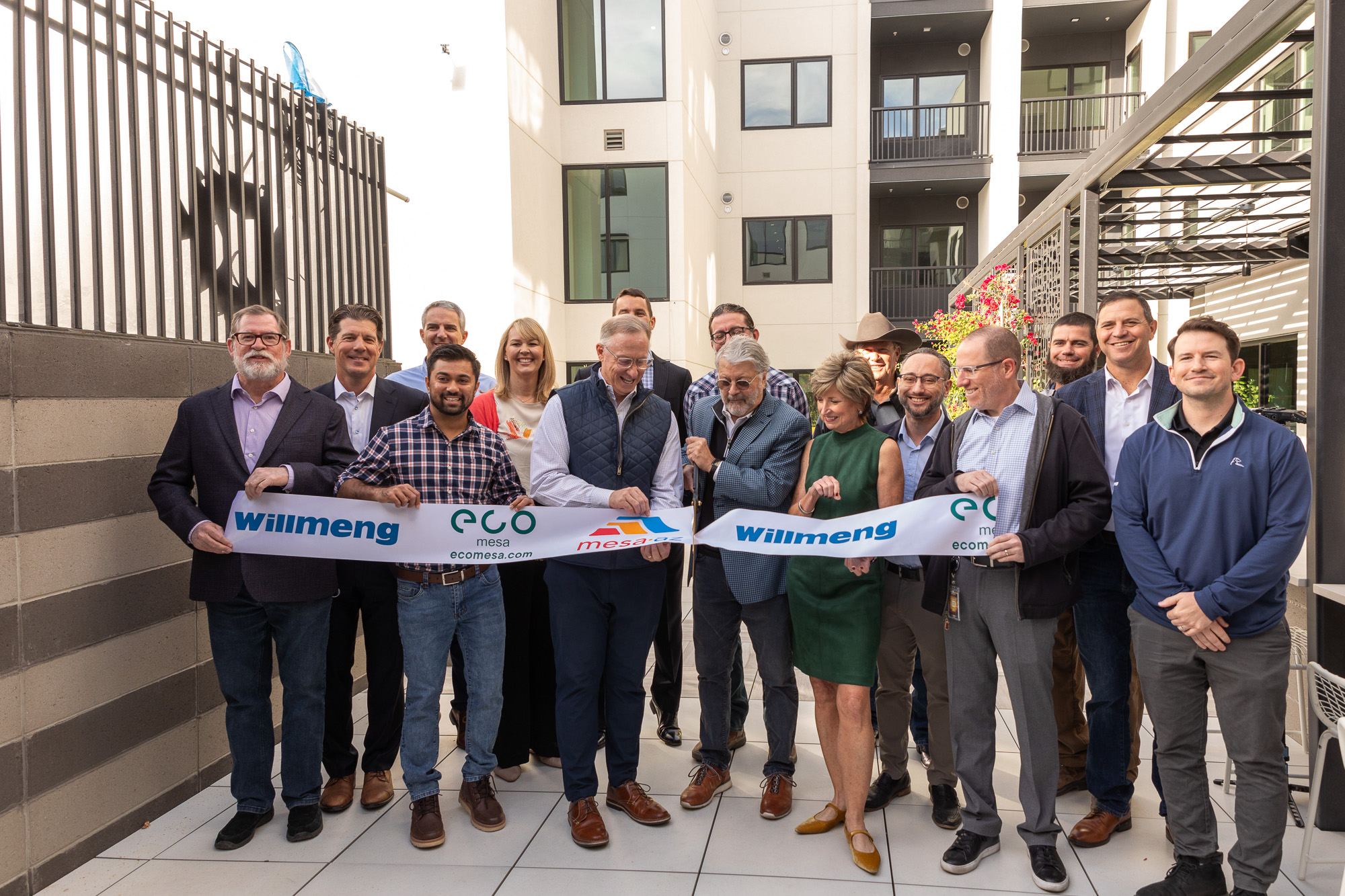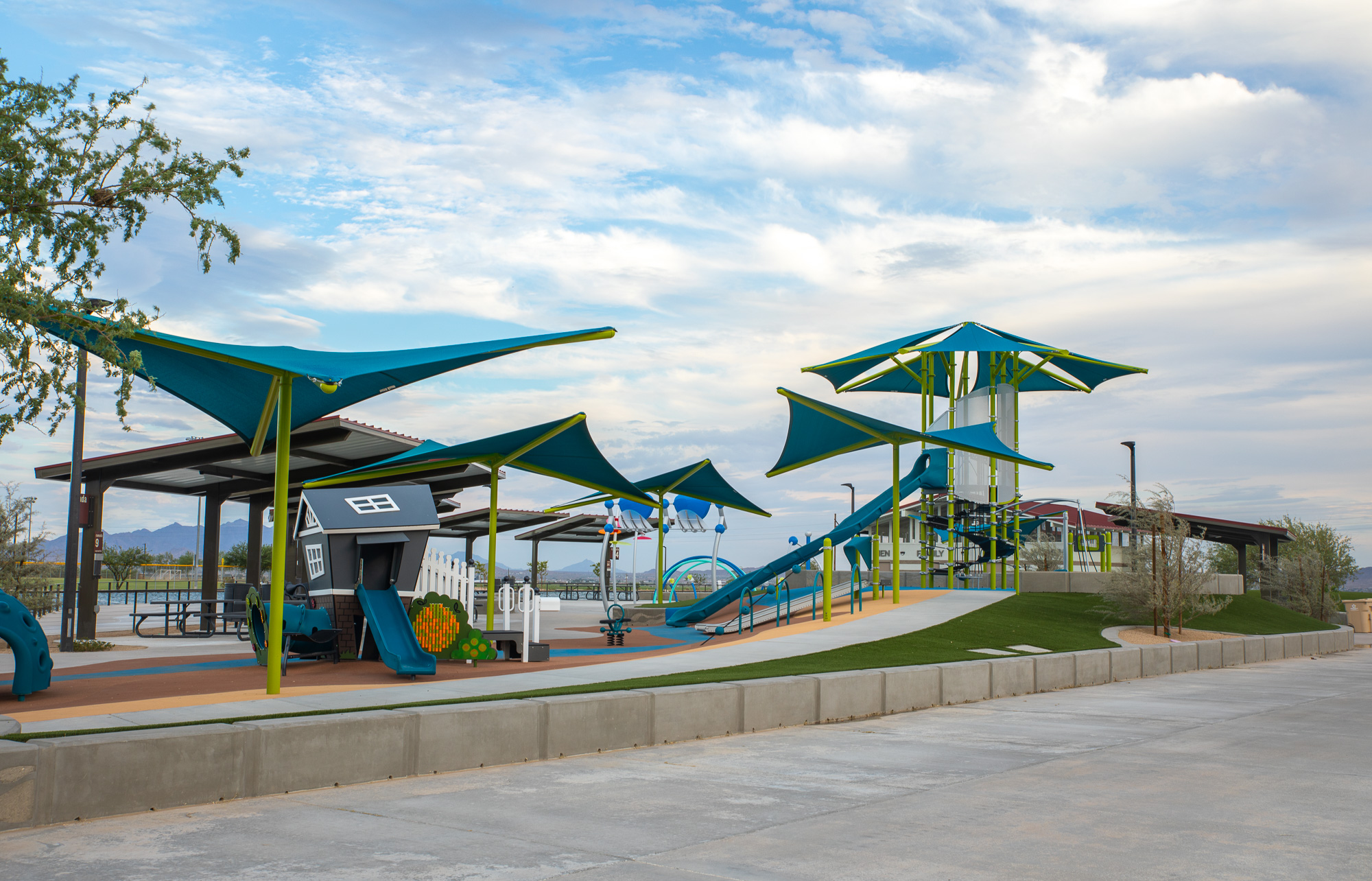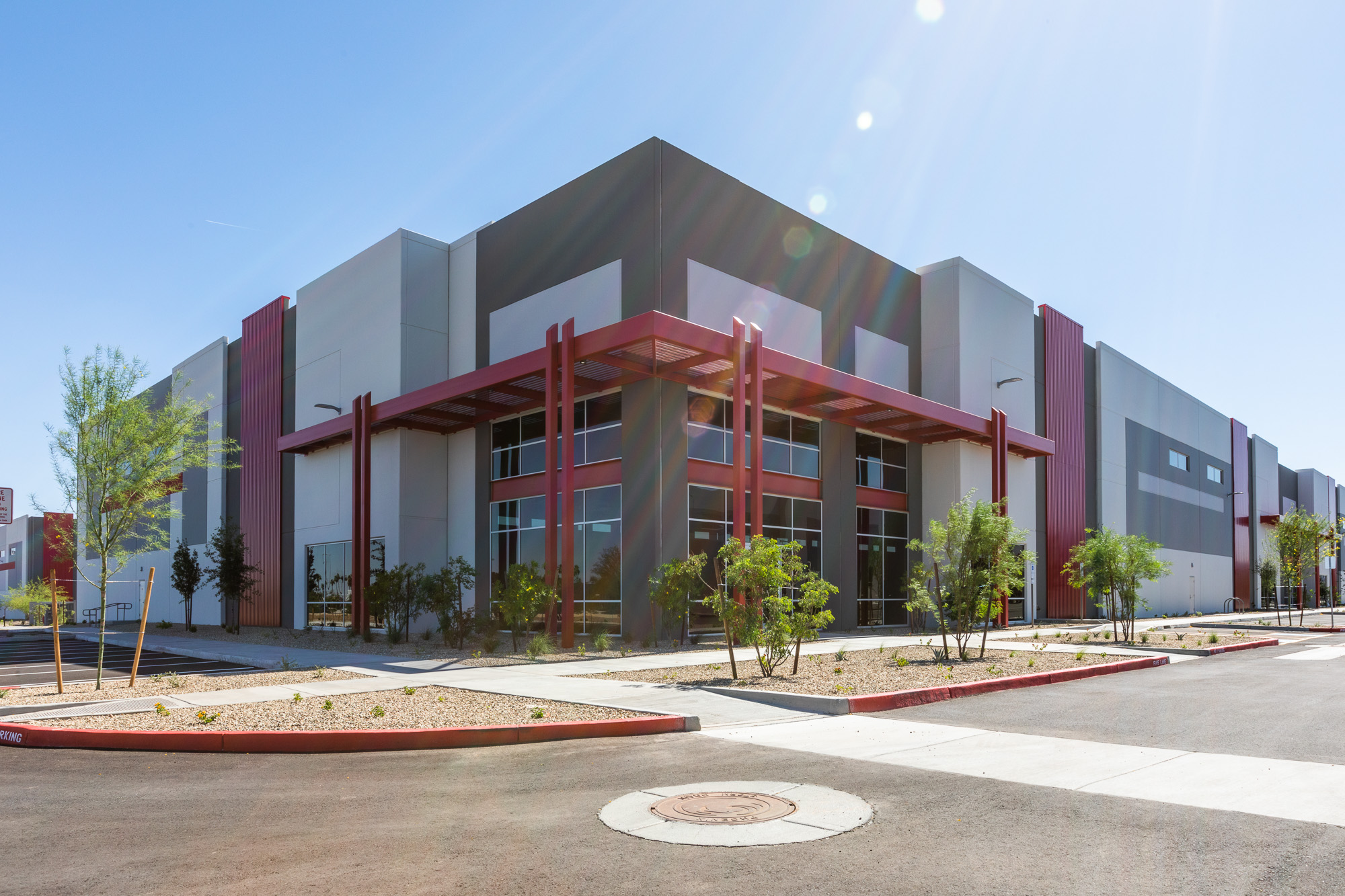[vc_row][vc_column][vc_images_carousel images=”37695,37696,37697,37698,37699,37700,37701,37702,37703,37704,37705,37706,37707,37708,37709,37710″ img_size=”full” hide_pagination_control=”yes”][/vc_column][/vc_row][vc_row][vc_column][vc_column_text]The Urban Land Institute provides leadership in the responsible use of land and in creating and sustaining thriving communities. ULI Arizona Trends Day is a one-day, deep dive into the most current state of national land use trends. Throughout the day, better ways to cultivate and use US lands are determined, best industry practices are identified, future challenges are recognized and industry thought leaders connect. In 2017, the association is on the leading edge of new urban development and economic paradigms. With the ULI Arizona Trends Day theme of Adapt. Destruct. Create., the conversations that took place at the event set the table for what local trends to expect moving forward. The full-day event, held Feb. 23 and garnering more than 800 of the most influential industry professionals, covered topics across all of the real estate market sectors.
Willmeng was the Green Room Sponsor and met an array of industry and market leaders behind the scenes before they hit the stage as panelists. The lounge was a place for panelist to prepare, relax and share their thoughts on panel insights with other industry professionals. The Willmeng booth served as a charging station for attendees to use as their technology needed a boost throughout the day. We are proud to support ULI and the Arizona chapter, and are glad that industry leaders who drive local economy were recognized. We would like to thank Jim Pierson of Walker & Dunlop for chairing the event and our amazing team for making sure our booth and the lounge ran smoothly. Please enjoy takeaways from the sessions.
KEY SESSION RECAPS:
Paving The Way: Economist
- Kevin J. Thorpe of Cushman & Wakefield
The global economy is expected to pick up the pace, and Phoenix’s secondary marketing economy is no exclusion to the revival. In an economic overview by Thorpe, Phoenix was described as a “late bloomer” in the national marketplace.
In 2016, 78,800 people moved to Phoenix and another 300,000 are anticipated to migrate here in the next four years. Jobs are created as more people move to the Valley – to be exact, 52,300 net new jobs were created in 2016, making Phoenix the 11th top job producing city, with the potential to reach 80,000 to 100,000 new careers in the next few years.
Movement to the Valley means that office and industrial markets are thriving. No other market had greater demand for office space than Phoenix in 2016, and industrial space is being driven by the demand for ecommerce.
Quick Hit – The Future is Now
- Brian David Johnson of the Center for Science and the Imagination and Arizona State University
The future is built every day by the actions of everyone. To change the future, you must change the story that people tell themselves about the future they want to live so that they can begin making different decisions. If people carry on and are passive about the future, in 15 years they will have to deal with the consequences of the present that they didn’t have a say in. Johnson told the audience, “Ask yourself what your idea for the future is and what you want to avoid. Have an opinion. Talk to people about it. Do something!”
Disruptive Technologies and Real Estate: De-Mystifying the Details
- Wellington Reiter of Arizona State University – Moderator
- Ryan Abbott of Sundt Construction
- Brian David Johnson of the Center for Science and the Imagination and Arizona State University
- Peter Kirby of Factom
The future is now! Among the many visionary concepts was bit coin, a type of digital currency that allows people to send money. “It is not regulated, and it’s owned by all of us and none of us at the same time,” said Kirby, Co-Founder and Chief Executive Officer of Factum. The key topic of discussion was block chains, data tools that get multiple parties to agree on a single transaction. The data of a block chain is permanent – each transaction has an unchangeable time stamp and Kirby sees it being used in the future to record real estate transactions, making all transactions simpler and undeniably firm.
Panelists discussed vehicle automation and shared their thoughts on how they believe it will change the way roads in the Valley are constructed. The horizontal construction industry has, for a long time, been surmising about the “what ifs” of advances in vehicle technology and how it will impact their work. Ryan Abbott, a leader in Phoenix’s heavy/highway construction industry, said that they are figuring out how electric and driverless vehicles will use streets and freeways and where funding will come from to accommodate new needs.
The session would not be complete without a discussion on the evolution of technology and how will continue to change the way we live and work. Technology is taking things away that people know to be self-evident and true, and creating new truths. “There will be a generation one day that’s never known life without a self-driving car. And they’ll question why we ever wanted to drive!” said Johnson. “When we think about technology, we forget that humans are at the center.” He says that we need to evolve how humans work with technology so as to not be completely replaced and to keep control. He also noted that life-long learning is essential, saying that people are being trained today that will not be prepared for the next ten years if they don’t continue to inform themselves.
Quick Hit – Phoenix Beyond the Tipping Point: More Than Sunshine and Cheap Labor
- Chris Camacho of Greater Phoenix Economic Council
The future of innovation in Phoenix lies in driverless cars, wearables, industrial automation and cyber security, all of which have seen intense growth. Learn about the gravity of their influence on Phoenix: http://bit.ly/2ldO5Oz
Phoenix Beyond the Tipping Point: Leading-Edge Employers Speak Out
- Chris Camacho of Greater Phoenix Economic Council – Moderator
- Ori Eisen of Trusona
- Brenda Schmidt of Solera Health, Inc.
- Alexi Venneri of Digital Air Strike
“No longer can Phoenix just claim that we are the cheapest most cost effective place to do business,” said Camacho, President and CEO of the Greater Phoenix Economic Council. “We need to start producing the talent. We want taxes to be low and talent to be high, but you can’t have both.”
Panelists agreed that talent is a crucial need in Phoenix. “We have some jobs here in town that would pay over $150,000 and we can’t find people to fill them,” said Eisen, Founder and CEO or Tusona. In talking about the pitch that he gives when convincing talent to move to Phoenix he says “There are lifestyle benefits that you won’t find other places. When you tell people that they can do the same job that they are doing for Google and own a home – the pitch stops there. It’s the little things about Phoenix, like affordable housing, that are very appealing.”
“More than sunny weather, pools, and affordable living, Phoenix has the lightrail, places to live, work and play, proximity to the airport and less traffic which are all attractive,” said Schmidt, Founder & CEO of Solera Health, Inc. “The opportunity that we have here is to create the infrastructure that would make Phoenix the next Silicon Valley, with healthcare technology taking the lead. People want to be a part of a community that’s mission-driven.”
Unfortunately, Arizona’s education system, and more specifically technology education, is not one of its highest selling points. Arizona ranks 49th in the nation. “Education could be better here, but there are still positives,” said Eisen. “The University of Advanced Technology has classes that you cannot access anywhere else in America.” To become a technology hub, Arizona needs to incorporate computer sciences as a staple in K-12 education and might considering offering incentives to graduating students that would encourage them to stay in the Valley.
Build Outside the Lines: Office Revolution, Experiential Retail and Advanced Industrial
- Mark Detmer of JLL
- Heather Personne of Point B
- Mark Stratz of Cushman & Wakefield
Panelists commenced the session with insightful slides. Some data trends represented were:
- In terms of population growth, Phoenix is ranked third in the market behind Miami and Dallas, with an increase in new residents seen every year since 2013.
- Phoenix is #1 in the office sector, developing 3,606,258 SF of office in 2016. Class A office developments have beenon a slight decline since 2007 and Class B has been increasing since 2012.
- In the last year, Phoenix was ranked 11th in sales volumes trends and saw $11 billion worth of sales.
- Retail: -12%
- Multifamily: +37%
- Hotel: -37%
- Industrial: -25%
- Office: -33%
Office
“Talent, architecture, design and furniture are key drivers in the marketing that lure young talent into new office spaces,” said Stratz, Vice President of Cushman & Wakefield. He also observed that many companies have been creating “work campuses” that consider amenities that their employees could use every day such as fitness centers and restaurants.
Areas of Arizona that are seeing the most office clusters are Scottsdale, Tempe and Downtown Phoenix, which are dense and booming because they have things that today’s employer and employee need and want.
Retail
Trends indicate that e-commerce is having a significant negative impact on traditional brick and mortar retail’s ability to perform. Personne, Principle of Point B, believes that e-commerce isn’t the only culprit – people are price conscious and spend their money and time differently than years before. “Traditional retail and e-commerce is not a fight to the death,” she said. Retailers are changing with the times and are learning to operate on omni-channel platforms, are finding ways to add value and are investing in technologies that tell them as much information about their in-store consumers as their online shoppers.
An example of a retailer who is doing their best to combat the impact of ecommerce is REI. They are listening to what their customers want and need by promoting lifestyle and experience. On Black Friday, they ran a campaign that encourage people to #OptOutside instead of waiting in lines. They are not on the list of big-box retailers who are going out of business.
In terms of retail locations, the best performing shopping centers will continue to attract retail, but small scale infill that creates a sense of place, convenience and lifestyle is also a booming trend in the downtown areas of major Arizona suburbs.
Industrial
Even though e-commerce is thriving, “we will not see a slowed growth of big box,” said Detmer, Managing Director of Industrial Capital Markets at JLL. “You will just see more last-mile developments, though, because of e-commerce.”
Amazon is worth more right now than the other top-ten retailers, he added. “The user interface, inventory controls, same day delivery, scale and top marketing research are what make Amazon the best,” said Detmer.
Detmer said that 40 foot clear heights, with racks at 32 feet, are the gold standard of industrial because excess cube space combats the rising rental rates and the need to carry excess land for future expansion.
“Phoenix has significant runway for employment, which means more demand for space, which means less vacancy,” he said.
Parking
Stratz would like to a shift away from the idea that project need as much parking as possible or need it integrated into the building. “If you get off the freeway, drive into your parking lot, walk into your building, eat at your desk and get back in your car to go home, you haven’t done anything to add to the fabric of Downtown Phoenix,” he said. “I’d like to see us get more creative so that people are outside during the day, experiencing retail and the environment.”
Keynote: Reimagining Community in the Age of Empowerment
- Kim Lear of Inlay Insights
Teenage years are formative years where brain development occurs and individuals comes to terms with the world around them and form their beliefs about ethics, community and social justice. Humans are living longer than ever before. Fifty percent of babies born in 2017 will live to be 104, on average. With longer life spans, people allocate their life stages in different ways because they have more time. This keynote session by Lear, Founder of Inlay Insights, addressed life change shifts by teaching us about generational trends and how each generation will impact the community and workforce.
80 Million Baby Boomers (1946-1964)
Baby Boomers are an optimistic, idealistic, hard-working group that were the first generation to see the fruits of their labor. Generations before had goals, but never lived long enough to see how their children would progress. They impacted civil, voting and women’s rights, and believed that they could achieve anything once they saw NASA land a man on the moon. Boomers flooded an American infrastructure that was simply not prepared – members of this generation were used to their not being enough resources and that drove their work ethic.
There are 10,000 boomers entering retirement daily. Their approximate two decades of retirement is being called the encore – they are transforming what aging is. They remain energetic and young-at-heart and are finding ways to stay in the workforce through nonprofit involvement. They are hungry to be re-engaged with the community, with social ways of life and with technology.
60 Million Generation X (1965-1979)
Gen Xers are known for being skeptical, honest, direct and unfiltered. Their first memory of NASA was the Challenger, which said to them that NASA, who they thought could do anything, failed. As latch-key kids with two working parents, they became fiercely independent, which translates into how they work. In selling an idea to Gen Xers, come prepared knowing what questions that might ask and how you are going to ease their skepticism. They’ve come with their own research and their own conclusions before you’ve even started. This generation is the most entrepreneurial and always need to be moving, learning and obtaining new skills.
82+ Million Millennials (1980-1995)
Millennials are social creatures. They grew up in the age of the Internet and are connected, influenced by one another, want to influence others and make decisions together. They have also seen more violence than any other generation, and violence impacted education.
After Columbine, an influx of money went to schools to invest in guidance counselors, which conveyed the message that adults were there to work with you and support you. This further emphasized their need for approval, communication and guidance.
Millennials are in search of meaning, are tech-empowered and are changing social norms – adulthood doesn’t start until 30, and with that there is less marriage, less house-buying and less children to be had. How do you get people motivated who have less responsibilities to earn money for?
Lear concluded by suggesting employers work with Millennials in having a porous organization, meaning freedom to exit and re-enter. This will increase retention and engagement in the long run.
Gen Z (1995-2012)
Members of this generation grew up with parents who were honest, direct and unfiltered, and so their understanding of the world and the way things work is high. They are competitive, resourceful, thick-skinned and always seek to find solutions on their own before asking for help. They refer to YouTube frequently for tutorials and will be a workforce that asks for forgiveness instead of permission. They will challenge the way we work and the communities that we create.
The Trends Debate Topic: The Great Divide – Supply-Side vs. Invest to Grow, Arizona Libertarianism and the Wild, Wild West of Tax Policy
- Steven A. Betts of Holualoa Companies – Moderator
- Grady Gammage of Gammage & Burnham
- Grant Woods of Grant Woods Law and Former Arizona Attorney General
As always, the goal of the annual ULI Arizona Trends Day debate is to allow two parties the opportunity to provide an open environment to discuss their viewpoints on politics in the nation and in Arizona. This year, Woods and Gammage took the state for an insightful and entertaining debate.
Some of the key quotes from their session include the following:
On US Policy:
“The majority of the American public has been very frustrated across the board with Washington. The combination of eight years of Bush and eight years of Obama didn’t make people think that government was going to do anything to change their lives,” said Woods.
“There were an awful lot of people who were willing to have someone come in a flip the table instead of vote for someone who would make similar decisions as the last leader. Trump is doing what he said he was going to do, and that’s the way it is. Elections have consequences. His personal behavior, lack of understanding of issues, and lack of understanding of foreign affairs is not what we were promised,” said Woods.
On Deportation in Arizona:
Serious deportations will result in pictures of Arizona on the news of people in tears being taken away from their families. It will create an image that Arizona is a terrible place to be and that’s bad for us,” said Gammage.
On Arizona in the National Spotlight:
“For a long time, Arizona has been home to zany politicians who make Arizona look nuts. Trump has taken the attention away from us and that’s good, we can hide under the radar,” said Gammage. “That being said, we’ve also produced some of the best,” said Woods. “That’s why I think we should just strive for mediocrity.”
“Trump is a certifiable megalomania narcissist and he just can’t take the heat. He had to have a campaign event after he was elected just so he could be surrounded by supporters,” said Woods.
On the Local Government
“K-12 education is a concern. We cannot go on being 49th and aspiring to be 40th. The argument is that we need to spend more money on education because we don’t spend enough, and that’s not a good justification. I think that the people of Arizona are willing and ready to pay more tax money to go towards schools. If you pledge that no taxes can increase, then you can’t fix your tax problems. There has to be give and take,” said Gammage.
On Development in Arizona:
“The idea that the government has no role in the shaping of the states through development and construction. It’s not true, but some people in government believe this,” said Woods.
“Arizona only exists because of government. This is not an easy place to grow a large civilization and it was possible because of large investments and government involvement,” said Gammage.
[/vc_column_text][/vc_column][/vc_row]

